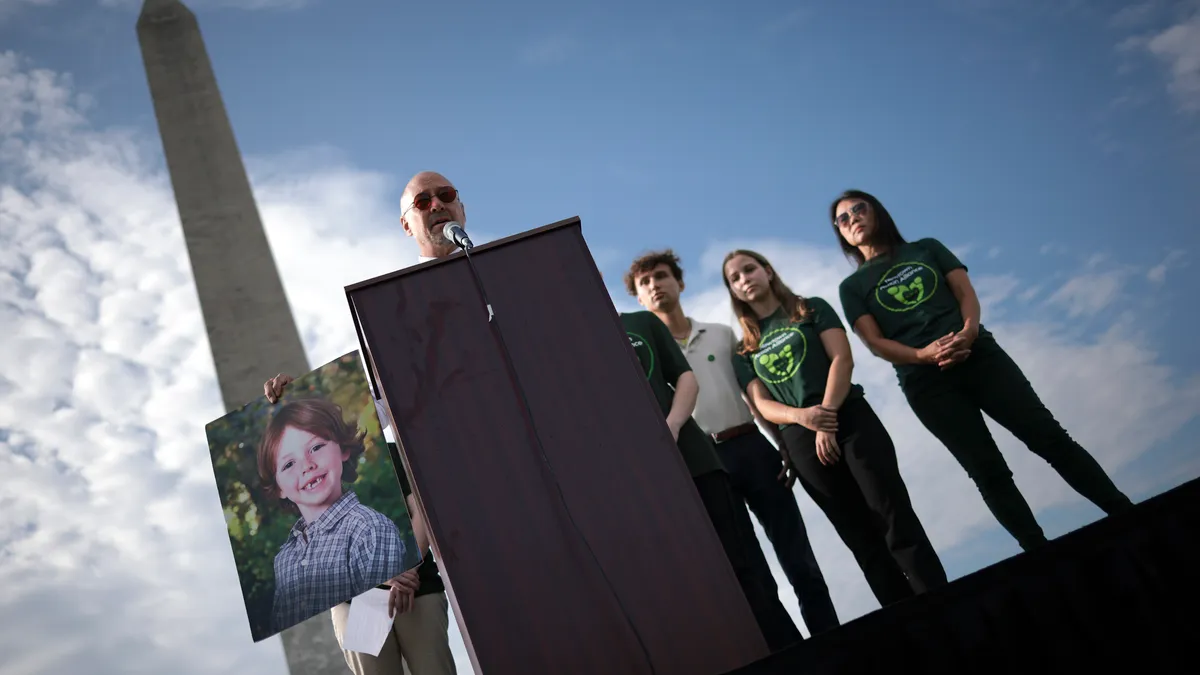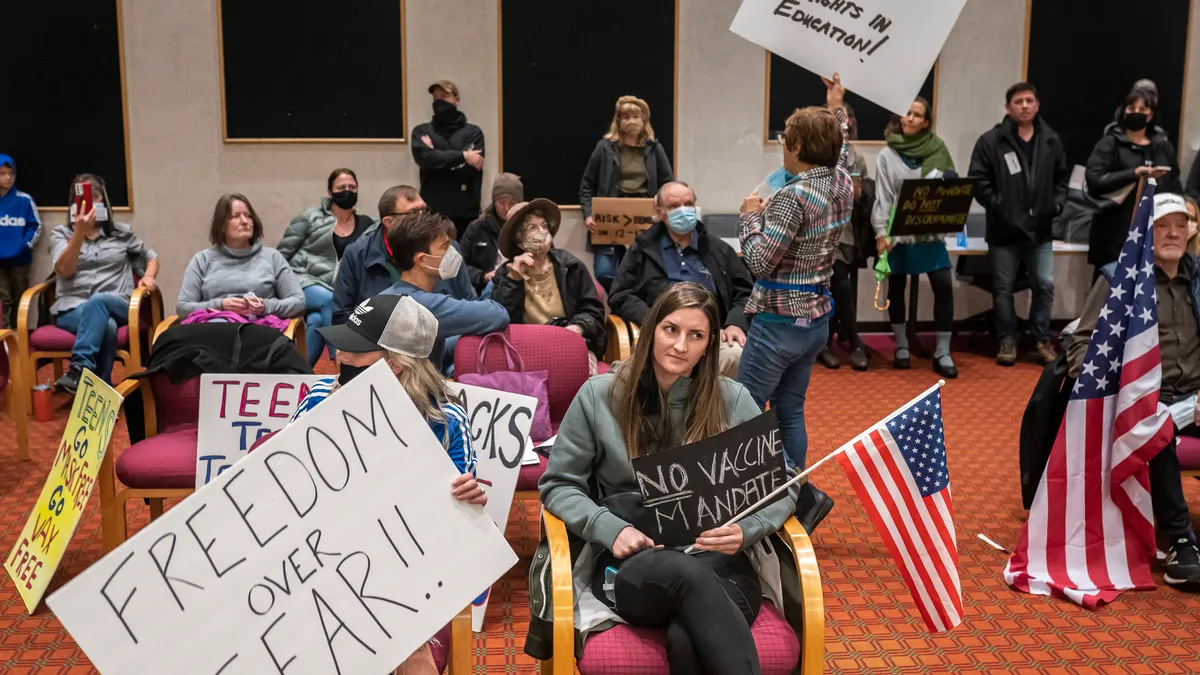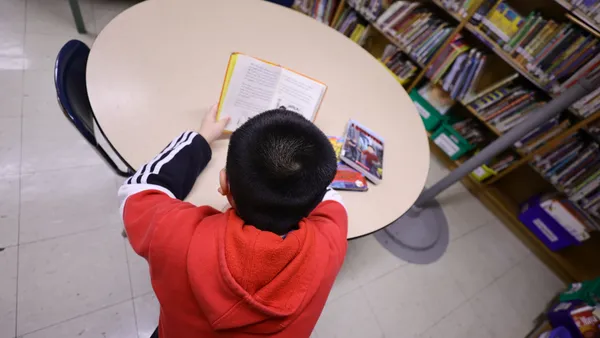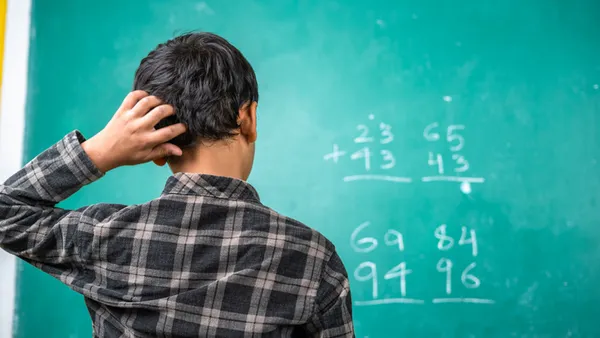Dive Brief:
-
Video production students in Danvers Public Schools, located 20 miles north of Boston, will produce a virtual reality tour of the district's middle school to introduce new students to the building in a stress-free environment, according to The Hechinger Report. VR tours can be especially beneficial to special needs students who have trouble with major transitions.
-
About 16% of the district's 3,800 students receive services for their disabilities, and the video production class has also developed a VR tour of the city's downtown area for special needs students who are transitioning into the workplace.
-
The district also uses pre-packaged VR experiences like Floreo, which helps students on the autism spectrum practice various social interactions like dealing with law enforcement officers. The program introduces students to self-calming techniques when they find themselves in stressful environments.
Dive Insight:
There are 6.6 million students in the U.S. who qualify for some form of special education assistance service as of 2015. For both students and teachers, assisted technology apps are a game-changer and make life easier by offering features like voice-to-text capability, eye-gazing technology and VR platforms that make interacting easier.
There are also a growing number of curriculums that allow students on the autism spectrum to program robots, enhancing their ability to communicate and collaborate while teaching marketable, real-world skills.
Tools like RoboKind’s facially expressive robot Milo and his brother, Jett, come with a curriculum designed for non-techy instructors to teach to their students. These programs help develop computer programming skills that increase students’ chances of landing better jobs later in life.
Ultimately, ed tech is bridging a gap that was once too wide for teachers to cross alone. Assistive technology embedded in ed tech allows for personalized learning that can address the specific needs of those with disabilities but not hold them back. It allows for greater inclusion, with many students no longer needing to be in special classrooms where everyone is taught at the same pace.
A student on the autism spectrum may have trouble verbally communicating, for example, but be a whiz at math. Assistive ed tech technologies can allow them to charge ahead in math while also allowing time to learn the skills needed to effectively communicate.














